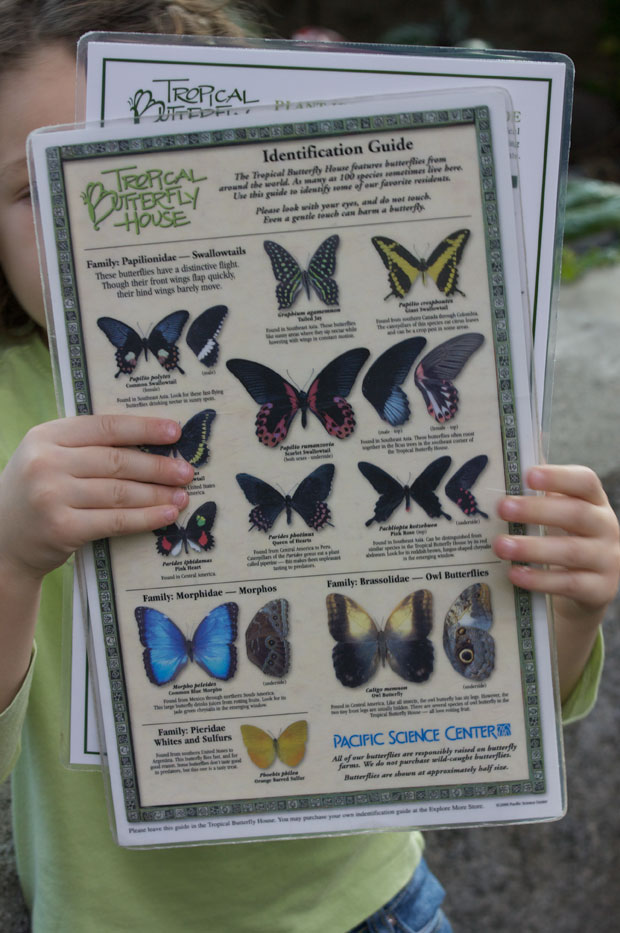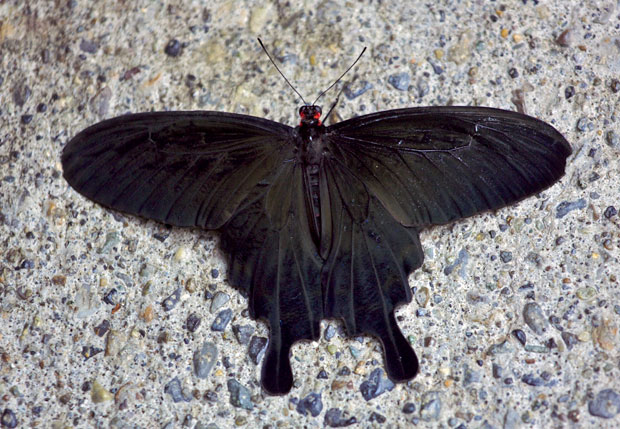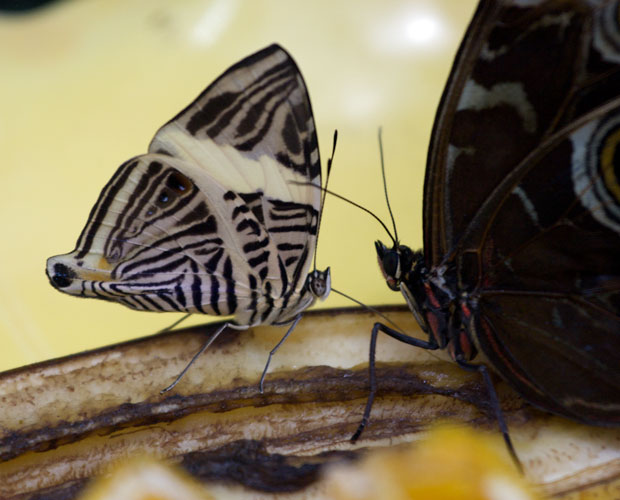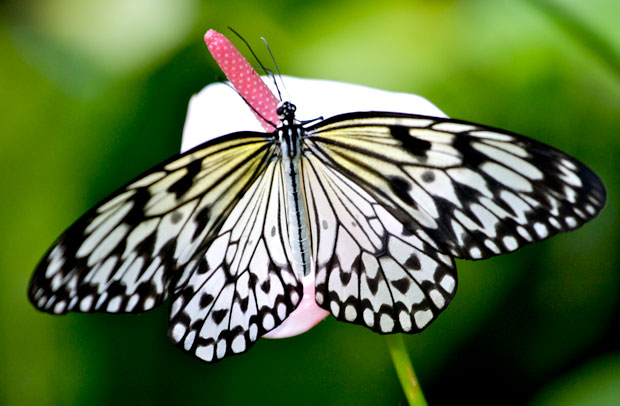Several articles, including ‘A Mind of Grace’ , state that “Blackberries for Amelia” is currently Wilbur’s favorite poem:
Fringing the woods, the stone walls, and the lanes,
Old thickets everywhere have come alive,
Their new leaves reaching out in fans of five
From tangles overarched by this year’s canes.
They have their flowers, too, it being June,
And here or there in brambled dark-and-light
Are small, five-petalled blooms of chalky white,
As random-clustered and as loosely strewn
As the far stars, of which we are now told
That ever faster do they bolt away,
And that a night may come in which, some say,
We shall have only blackness to behold.
I have no time for any change so great,
But I shall see the August weather spur
Berries to ripen where the flowers were —
Dark berries, savage-sweet and worth the wait —
And there will come the moment to be quick
And save some from the birds,and I shall need
Two pails, old clothes in which to stain and bleed,
And a grandchild to talk with while we pick.
It might be my favorite Wilbur poem, too, certainly my favorite of his later poems. I’m not always optimistic about mankind’s future; I’m sure there’s a dark hole waiting out there somewhere, but when I look into the distance I’m comforted by the realization I won’t be there. No, I live my life one season at a time — with an occasional look forward to the next one.
I haven’t actually picked blackberries with any of my grandchildren, but some of my earliest childhood memories are of picking wild blackberries with my family and sitting in the kitchen watching mom transform those sour berries into the sweetest pie ever.
The high points of my retirement invariably involve a grandchild, whether it’s a once-in-a-lifetime trip to Disneyland, a trip to the zoo, or a simple birding walk. Retirement gives you the time to do all those things you should have done when you were younger but were too busy to do.




